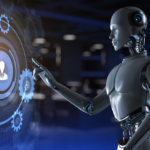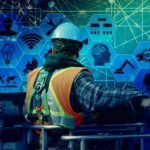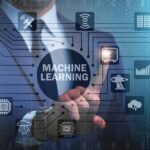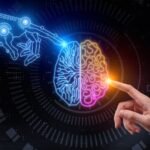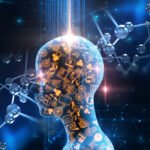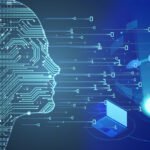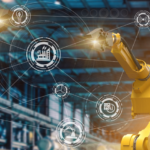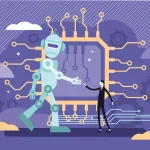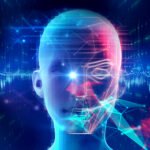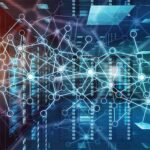AI and Data Science: Bridging the Gap
Artificial Intelligence (AI) and Data Science are two rapidly evolving fields that have had a significant impact on various industries. While AI focuses on developing intelligent systems that can perform human-like tasks, Data Science focuses on extracting insights and making predictions from large volumes of data. In this blog, we will explore how AI and Data Science intersect, complement each other, and bridge the gap between advanced algorithms and data-driven decision-making.
Data Science as the Foundation
Data Science serves as the foundation for AI by providing the necessary data and analytical techniques for training and improving AI models. Data scientists collect, clean, and preprocess vast amounts of data, making it suitable for AI algorithms. They also apply statistical analysis, data mining, and machine learning techniques to uncover patterns, build predictive models, and derive meaningful insights from the data.
AI Algorithms and Techniques
AI algorithms and techniques enhance Data Science by enabling more advanced and intelligent data analysis. Machine learning, deep learning, and other AI techniques have revolutionized the way data is analyzed and interpreted. These algorithms can automatically learn from data, recognize complex patterns, and make accurate predictions. AI techniques, such as neural networks and ensemble methods, can handle large and complex datasets, improving the accuracy and scalability of Data Science models.
Predictive Analytics and Decision-making
The combination of AI and Data Science empowers organizations to make data-driven decisions and predictions. Data Science provides the foundation for analyzing historical data and building predictive models. AI techniques then enhance these models by incorporating real-time data and complex patterns. Together, they enable organizations to identify trends, forecast future outcomes, and make informed decisions based on data-driven insights.
Intelligent Automation and Process Optimization
AI and Data Science collaborate to automate processes and optimize operations. Data Science identifies inefficiencies and areas for improvement through data analysis. AI techniques, such as natural language processing and computer vision, enable automation by understanding unstructured data and performing tasks that traditionally require human intervention. By automating repetitive and time-consuming tasks, organizations can increase efficiency, reduce errors, and free up human resources for more strategic work.
Personalization and Recommendation Systems
AI and Data Science have transformed the way personalized recommendations are generated. Data Science techniques, such as collaborative filtering and clustering, are used to segment customers and understand their preferences. AI algorithms then leverage this information to deliver personalized recommendations, content, and experiences. This personalized approach enhances customer satisfaction, increases engagement, and drives revenue growth.
Anomaly Detection and Fraud Prevention
The collaboration between AI and Data Science is crucial for anomaly detection and fraud prevention. Data Science models can identify patterns and establish normal behavior based on historical data. AI algorithms then analyze real-time data and detect deviations from the expected patterns, signaling potential anomalies or fraudulent activities. This proactive approach helps organizations mitigate risks, protect assets, and ensure the integrity of their systems.
Ethical Considerations and Responsible AI
AI and Data Science intersect in addressing ethical considerations and promoting responsible AI practices. Data Science plays a critical role in ensuring data privacy, fairness, and transparency. It helps identify biases in datasets and models, enabling the development of ethical AI systems. AI techniques, on the other hand, can enhance Data Science models by incorporating fairness metrics, explainability, and interpretability, allowing organizations to build trustworthy and accountable AI solutions.










